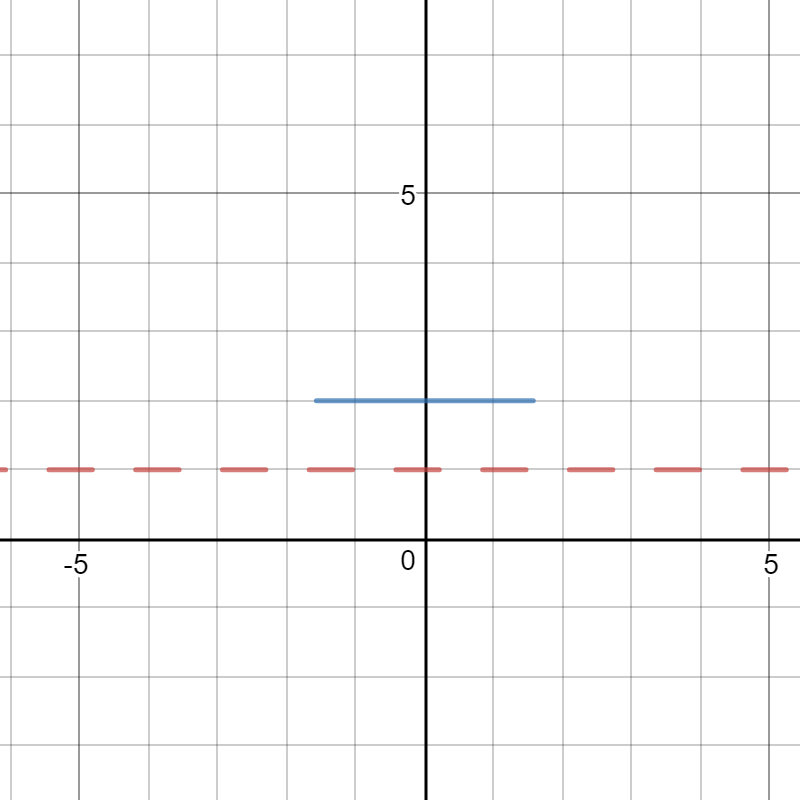How do I solve sin(5x-pi/3)<=0, [-pi/2,pi/2]?
1 Answer
Given:
First, do this without the domain restriction.
This is true when the primary values of the argument are:
Add
Add integer multiples of
Divide everything by 5:
I have graphed the domain restriction:
 www.desmos.com/calculator
www.desmos.com/calculator
Please observe that there are 3 values of n, -1, 0 and 1, that fall within the domain but the leftmost (n = -1) will be truncated by the domain's lower bound:
n = -1:
The union of the 3 domain segments is the solution to the inequality with the domain restriction.
